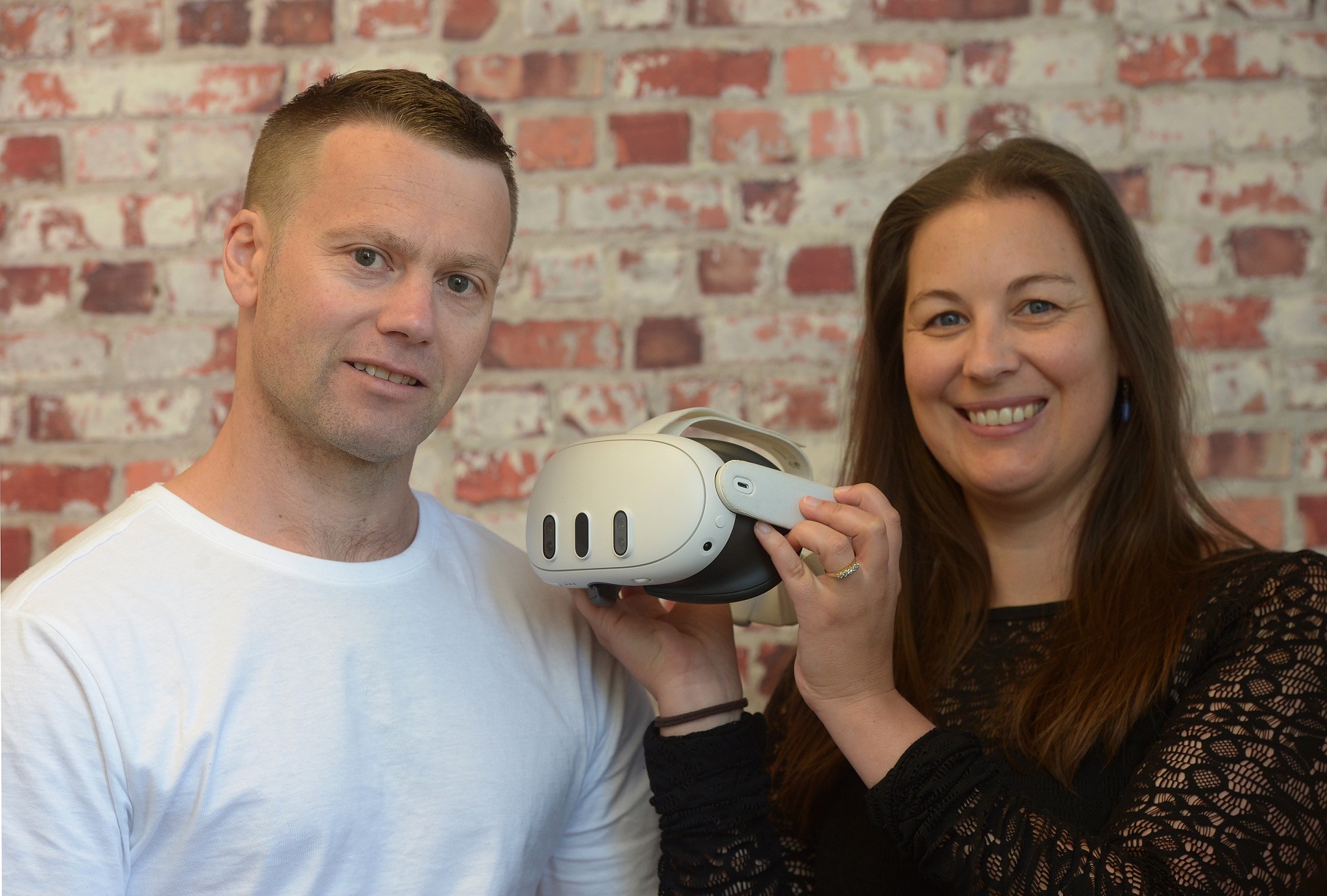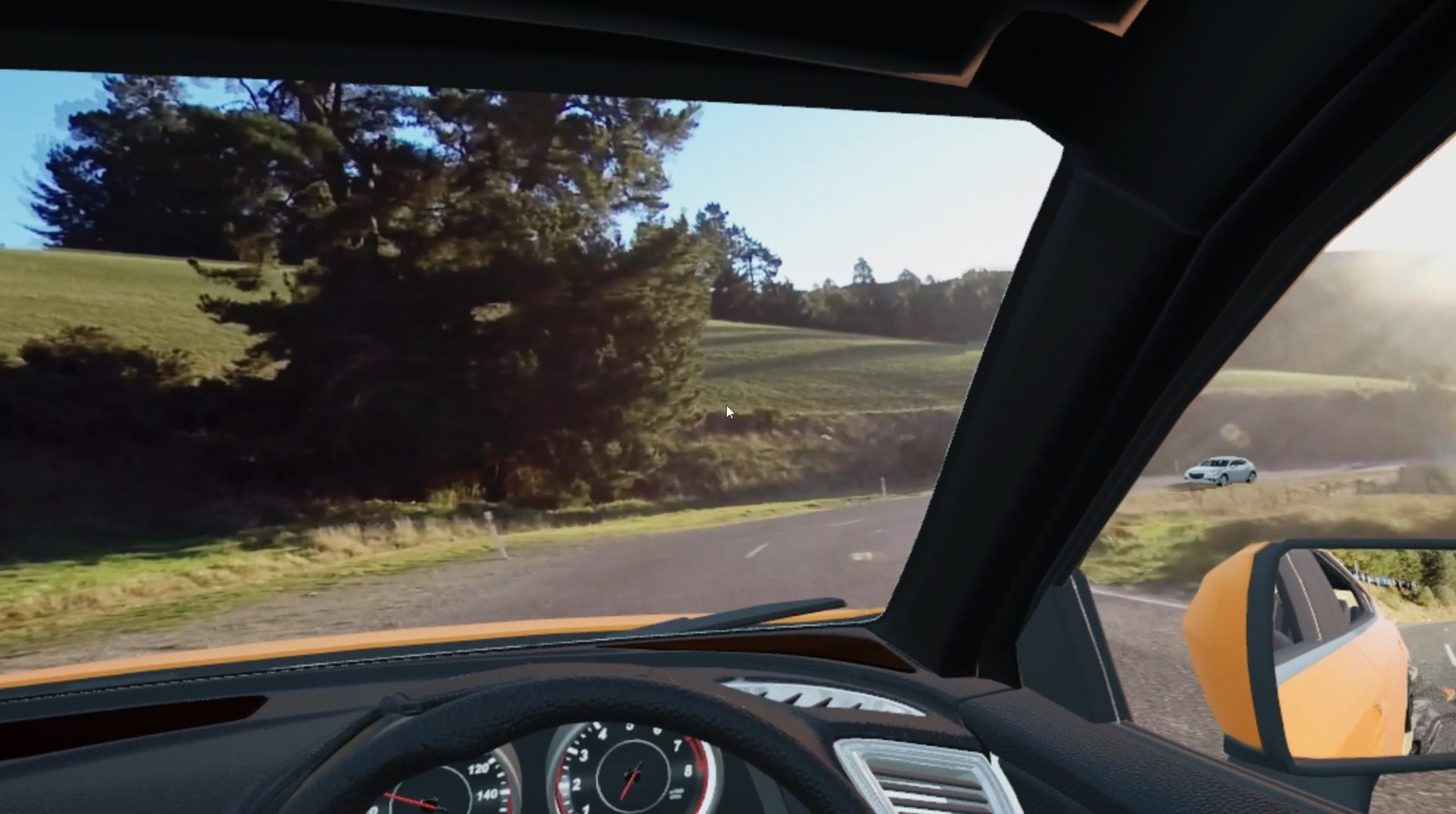
It was Chinese philosopher Confucius who said "what I hear I forget; what I see I remember; what I do I understand", and that phrase has stuck with Mr Gardner.
He is the chief executive of Gfactor, a Dunedin-based company which created a high-tech driving simulator to provide a virtual reality driving experience.
Brought up on a South Otago farm, Mr Gardner was told never to drive a tractor down a steep hill in two-wheel-drive due to the risk of it taking off.
He reckoned he had been told that for at least a decade but he only truly understood it after it happened to him and the only thing that stopped him landing in a gully was the hay forks digging in.
"There’s a very big difference between knowing something, and being told something, and understanding what that actually means," he said.
And every time since then, when driving a tractor on slippery ground, he always checked to make sure that it was in four-wheel-drive, even though that lesson was cemented more than 20 years ago.
"Because that exists as an experience, you don’t have to remember it. If we can create that level of awareness in our driving programmes, then we are going straight to the core of how people make decisions," he said.
Psychology and human behaviour was at the core of everything Gfactor did and the use of VR provided the opportunity of "doing without the risk".
The person did not have to be told what to do, rather they could experience what that was like if they chose that in the real world, in a place where they could make a mistake and yet not be physically hurt, and nobody else was watching.
In 2021, it was announced the Gfactor’s CoDriVR simulation programme would be piloted in secondary schools in Mid and South Canterbury, co-funded by the New Zealand Centre of Digital Excellence and commissioned by Venture Timaru, the Timaru District Council and Fulton Hogan.
It created a three-dimensional experience of driving on "actual" local roads, with the traffic and distractions encountered there.
Venture Timaru recently received both the supreme and innovative use of technology awards at the Economic Development New Zealand best practice awards in Dunedin for the programme.
While the team’s work was not about winning awards, the acknowledgement had come as a welcome surprise, he said.
Its mission had been to make simulation and virtual reality driver training tools that were significantly more realistic and aligned to the psychology of a driver, while also being more affordable and therefore accessible to organisations and communities who had problems to solve and often limited budgets to work with.
Statistics showed more than 1 million people of driving age in New Zealand did not have a full driver’s licence and nearly half of those had no licence at all. 95% of young people left school without a full driver’s licence, yet 70% of jobs and 85% of entry level jobs required a driver’s licence as a prerequisite.

Ms Paterson, who is also Mr Gardner’s partner, became involved in the business more than seven years ago; firstly part-time alongside her career in early childhood education and then joining him fulltime as a co-founder.
She outlined the pilot programme and how anxious students were about getting behind the wheel of a vehicle and the barriers there were to getting a licence.
In the past, young people had been able to practise driving in a backyard or farm but there was not always the access now to those options, she said.
One parent told Ms Paterson she spent a year in the Dunedin ice-rink carpark with her son who was too scared to drive on the road. Had he used the simulator, he may have been able to do that, she said.
The goal was to fund two new programmes for schools through the commercial road safety programme and it was hoped to get them running throughout the country next year.
Mr Gardner said a big shift had been the VR hardware which had stabilised in the last year which reduced the cost and complexity for Gfactor. Future programmes were headset only.
Workforce supply company Hortus was using VR to prepare its international drivers for the challenges of driving in New Zealand.
Hortus was implementing the programme this year, in partnership with Gfactor and MBIE and hoped other seasonal employers would follow.
Part of the accessibility challenge has been overcoming the motion sickness that could come with driving simulation, especially for adults, and Gfactor had achieved that.
Mr Gardner summed up the last nine years of the Gfactor journey as long.
"It has been a long time but it’s rewarding.
"We’ve never run out of motivation for it. You spend enough time doing the same thing and then you look around and realise you’re pretty unique.
"You kind of have to create the category because it doesn’t really exist. That’s the challenge, there’s no real recipe for this. Everything has to be built from the ground up."
Like many others in the city, Mr Gardner described Gfactor as a secret Dunedin company, largely flying under the radar. The advantage of that was that time could be spent "developing stuff, without being influenced by everything else that’s going on".













